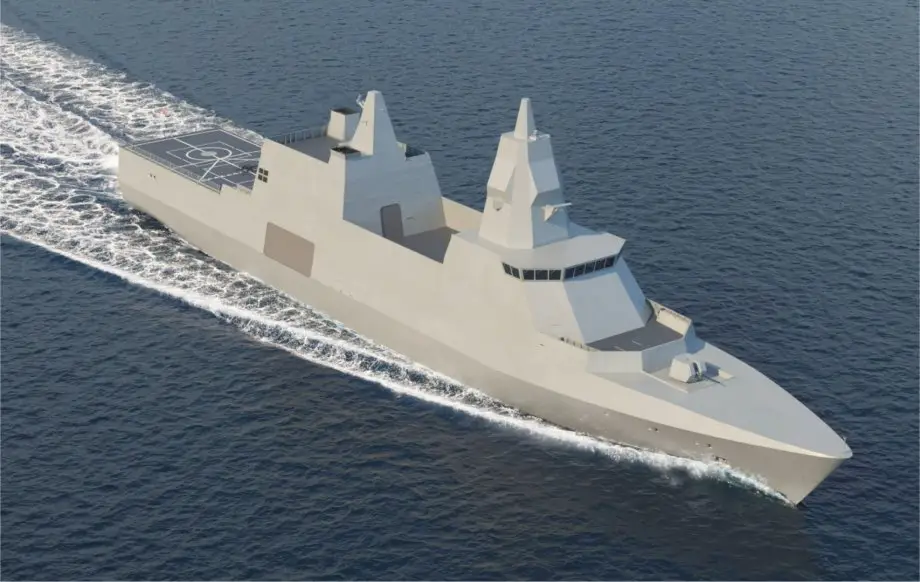According to information published by General Electric on March 27, 2024, GE Vernova’s Power Conversion business has been selected by ST Engineering Marine Limited to equip the Republic of Singapore Navy’s (RSN) new fleet of Multi-Role Combat Vessels (MRCVs) with advanced Ship’s Electric Grids, featuring Integrated Full Electric Propulsion (IFEP) systems.
Follow Navy Recognition on Google News at this link
 Artist rendering of the future Multi Role Combat Vessel. (Picture source: Singapore MinDef)
Artist rendering of the future Multi Role Combat Vessel. (Picture source: Singapore MinDef)
The contract involves the delivery of electric propulsion systems for six MRCVs, slated to replace the RSN’s aging Victory-class missile corvettes in service since 1989. The deployment of these systems is expected to span the next 10 years, highlighting a strategic overhaul in the navy’s propulsion and power management methodologies.
The core of GE Vernova’s contribution, the Ship’s Electric Grid, is designed to efficiently manage and distribute electric power for ship propulsion and support various operational and mission-critical systems such as radar and communications. This marks a departure from traditional mechanical drive systems, offering enhanced energy efficiency and operational cost savings.
The grid will integrate various components including generators, medium-voltage switchboards, transformers, and propulsion motors, ensuring a flexible and robust power supply for the MRCVs’ diverse operational needs. Additionally, the vessels’ modular design will facilitate a wide range of naval missions, including the deployment of unmanned vehicles, significantly extending their surveillance capabilities.
About the MRCV
Multi Role Combat Vessels, developed by ST Engineering, are equipped to manage multiple missions simultaneously through configurable payloads that adapt to various combat and support scenarios. Physically, these vessels boast a length of approximately 130 meters and a breadth moulded of 19.0 meters, with a draught moulded of 5.20 meters.
Their displacement is around 5,000 tons, designed to achieve speeds of up to 25 knots. With a range of 6,000 nautical miles at a cruising speed of 15 knots, they exhibit endurance capabilities of up to 30 days, accommodating a complement of 110 personnel. They are built to operate up to Sea State 6, equipped with 2 x RHIB/USV with LARS, and offer helicopter facilities capable of supporting a 15-ton helicopter.



